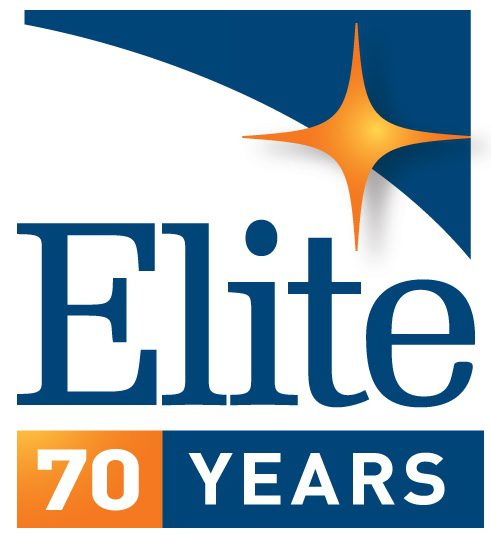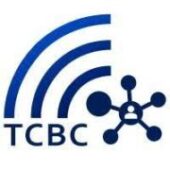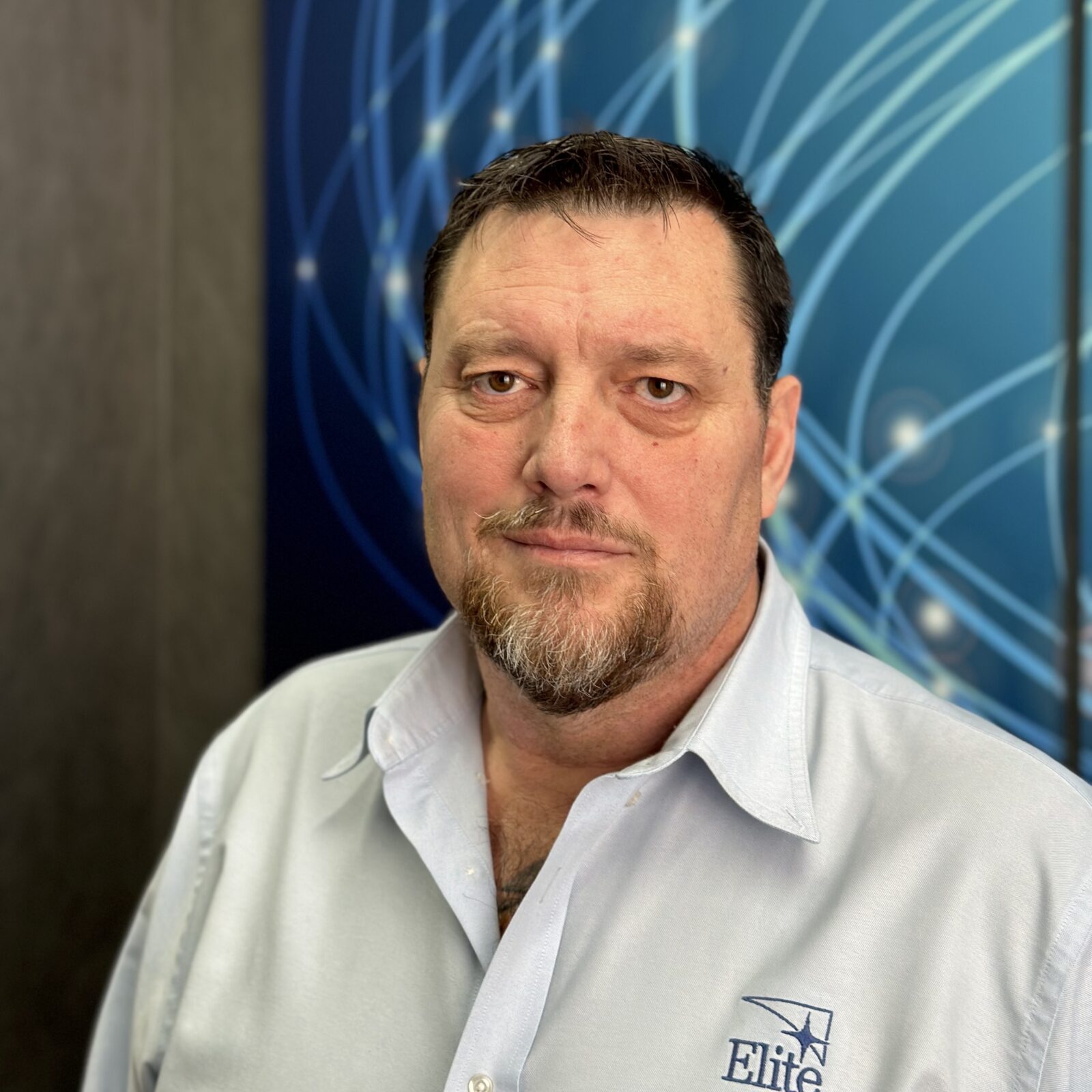EMC Tests for Recreational Boats
Whether on land or sea, electromagnetic interference (EMI) is there. We know EMI affects electronic equipment, wireless devices, and land-based vehicles, but EMI also is present in the water. Boats operate in a unique environment and are affected by EMI as are systems in other environments. Electromagnetic compatibility (EMC) is a device’s ability to limit its electromagnetic (EM) emissions and to continue operating normally when faced with EMI. This two-part series will review EMC requirements for two broad categories of watercraft, recreational and commercial.
Recreational Craft EM Environment
A recreational boat’s EM environment is different from vessels in commercial use. Recreational vessels occupy small spaces, with on-board RF devices mounted near controls, wiring harnesses, and other wireless instruments. Radio equipment is typically of lower power than that used on commercial vessels, though they are of equal importance for safety and navigation.
EMC Considerations and Standards
EMC requirements for recreational craft in the US, Canada, and the European Union (EU) include standards for electronic modules, wireless transmitters, and for the entire boat. Requirements are not the same in all markets, so boat builders and marine equipment manufacturers need to identify the appropriate standards for equipment types and their markets. The focus here is on EMC requirements, but other marine regulations exist for watercraft: boat construction and certification, life-saving equipment, and fire extinguishers, and more. For guidance on marine safety regulations beyond EMC, manufacturers should consult with the US Coast Guard, Transport Canada, and the EU Recreational Craft Directive.
EMC Regulations for Whole Boats/Vessels
In the US, neither the Federal Communications Commission (FCC) nor the Coast Guard have EMC requirements that apply to whole boats. But in Canada and the EU there are EM emissions standards for boats that have spark-ignition internal combustion (IC) engines as well as those that are electric powered. These requirements apply to boats having hull lengths up to 15 meters.
The tests and limits follow international standard CISPR 12, which covers off-board receivers. Off-board receivers include residential TV and radio receivers, which are protected by CISPR 12 over the range of 30-1000MHz. In Canada, the radiated-emission requirement ICES-002 covers whole-boat emissions. It references Canadian standard CAN/CSA-C108.4-06, which tailors CISPR 12:2001 to apply limits only for broadband emissions.
In the EU, EN 55012 is the harmonized standard for the CE Marking EMC Directive and is the radiated-emission requirement for boats with IC and electric engines. It references CISPR 12:2007 and includes both broadband and narrowband emissions limits.
EMC Regulations for Electronic Subassemblies
Electronic subassemblies (ESAs) are the individual onboard components and controls providing propulsion, steering, and other functions. ESAs include:
- modules integrated by the boat builder when the boat was assembled;
- devices added by resellers;
- aftermarket products added after the sale.
ESAs may be digital electronics or wireless electronic modules. Digital ESAs and RF transmitters and receivers have requirements that differ. In the US, the FCC requirements for digital electronics are in 47CFR Part 15B, but the FCC has an exemption for unintentional radiators used exclusively on transportation vehicles, including boats, making those used exclusively on boats exempt from formal digital device testing (see 15.103(a)).
In Canada, ICES-003 carries digital-device requirements applying to products not installed at the factory. ICES-003 follows international standard CISPR 22 for Information Technology Equipment (ITE), which applies Class B (more restrictive) limits on radiated emissions.
In the EU, the Recreational Craft Directive (RCD) 2013/53/EU addresses recreational boat safety. The technical requirements are posted as harmonized standard in the Official Journal (OJ) for the RCD. For example, EN 25197 has requirements for electrical/electronic steering, shift, throttle, and dynamic position control systems that include EMC. Standards listed in the RCD OJ for a specific boat system should be applied first for the technical assessment. When a device-specific standard is not listed in the RCD OJ, then EN 60092-507:2015, the generic technical standard for boat electrical systems, applies. EN 60092-507 covers pleasure craft measuring 24-50 meters and has EMC requirements per IEC 60533 and IEC 60945, which cover recreational and commercial vessels.
The International Council of Marine Industry Associations (ICOMIA) is another trade organization providing guidance that supplements the regulatory standards.
Wireless Device EMC Regulations
As with all vessels, wireless devices on recreational craft must comply with applicable regulatory requirements, such as those from:
- the Federal Communications Commission (FCC) in the US;
- the Innovation, Science, and Economic Development (ISED) in Canada;
- the European Union (EU) Radio Equipment Directive (RED) and the EMC Directive.
In certain cases, marine safety agency regulations such as those of the US Coast Guard and the EU Marine Equipment Directive also apply. FCC Part 80 covers marine band radio equipment, while FCC Part 15 covers low-power transmitters, such as Bluetooth, WiFi, and Zigbee. Cellular transmitters integrated on boats need to comply with FCC Parts 22, 24, or 27. Any type of intentional transmitter used on a recreational craft, whether low-power or licensed, will need to be certified before it can be brought to market.
The Canadian regulations for marine band radios and low-power transmitters are mostly aligned with those of the FCC. Marine band Canadian RSS standards (188/182/288/238) apply to VHF safety bands and radar. Low-power transmitters, such as Bluetooth, WiFi, or Zigbee, are covered by RSS-210 and RSS-247. Cellular transmitters integrated on boats will need to comply with Canadian telecom standards. Intentional transmitters need to be certified to Canadian transmitter regulations before being put into operation.
In the EU, the RED is the requirement for transmitters and receivers, which also covers certain marine band systems. Transmitters and receivers need to meet RED requirements for effective spectrum use, EMC, and electrical safety. Radio communication and navigation equipment in the EU falling under the scope of the International Maritime Organization (IMO) Safety of Life at Sea (SOLAS) Convention also must be type approved per the Marine Equipment Directive (MED).
Voluntary Compliance with Industry Recognized ABYC standards.
For any compliance evaluation, there will be components and subsystems that are not explicitly defined. In those cases, the American Boat & Yacht Council (ABYC) provides guideline documents for manufacturers. ABYC is a marine-industry organization that establishes voluntary safety standards for recreational boats. ABYC publishes over 60 standards covering everything from boating-skill instruction to three-phase electrical power systems on watercraft.
Boat and propulsion builders have adopted ABYC standards to provide consistent certification of the electrical and mechanical systems present on recreational vessels.
ABYC specifications cover the wide range of components that have bearing on boat safety. ABYC S-31 addresses EMC for onboard electronic systems references the marine emissions limits in EN 60945 and IEC 60533 for equipment located near the helm as well as CISPR 11 for other locations. For most recreational marine electronics, it is recommended to comply with both EN 60945 and CISPR 11 (Class B) in order to completely address the EMC environment for all possible installations.
Conformity Assessment — Recreational Craft
A manufacturer’s self-declaration is the EMC conformity assessment process for recreational craft and pleasure boats. In Canada, a manufacturer declares compliance for boat level emissions testing per ICES-002, and for electronic subassemblies per ICES-003. Labels on compliant products need to carry the appropriate information. In Canada and the US, intentional transmitters must be certified and labeled accordingly. In the EU, the EMC conformity assessment process for an entire boat (EN 55012) and for electronic systems per the RCD or EMC Directives is also a manufacturer’s self-declaration. Radio transmitters are self-declared to be compliant, but a Notified Body may be required when a harmonized standard is not applied in full.
Contact Elite for Help Navigating the Requirements
As the descriptions suggest, requirements for equipment on recreational craft and for whole boats call for interpretation and specific kinds of tests. Take advantage of Elite’s decades of experience as you pursue compliance for your marine equipment.
In Part 2 of this series, we’ll cover the requirements and necessary tests for commercial vessels. Watch for the next installment and contact Elite with your questions to assure that your marine devices are compliant.










 The rapid adoption of EVs is a product of the steadily improving technology that makes EVs practical and desirable. In regular use, EVs seem to check all the boxes: zero atmospheric emissions, fewer moving parts to fail, quiet operation – a boon to personal transportation.
The rapid adoption of EVs is a product of the steadily improving technology that makes EVs practical and desirable. In regular use, EVs seem to check all the boxes: zero atmospheric emissions, fewer moving parts to fail, quiet operation – a boon to personal transportation.



 For obvious reasons, the bar is high for medical equipment approval. The complexity and administrative challenge require a careful review of the applicable FDA requirements and a testing strategy specific to the device.
For obvious reasons, the bar is high for medical equipment approval. The complexity and administrative challenge require a careful review of the applicable FDA requirements and a testing strategy specific to the device.  Years passed and technology passed right alongside. Jim Klouda started
Years passed and technology passed right alongside. Jim Klouda started  This year the
This year the  Elite President Ray Klouda is the
Elite President Ray Klouda is the  EMC Lab Manager Craig Fanning chairs the
EMC Lab Manager Craig Fanning chairs the  Elite’s Tom Braxton chairs
Elite’s Tom Braxton chairs 



















 Some of these standards are applicable to the EMC Directive for emissions and quality-related immunity. Others cover EMC immunity testing for functional safety evaluations in the Machinery Directive, and some are specific to EMC testing for Ag and Forestry Tractor approvals. A highlight summary of each follows below.
Some of these standards are applicable to the EMC Directive for emissions and quality-related immunity. Others cover EMC immunity testing for functional safety evaluations in the Machinery Directive, and some are specific to EMC testing for Ag and Forestry Tractor approvals. A highlight summary of each follows below.























































